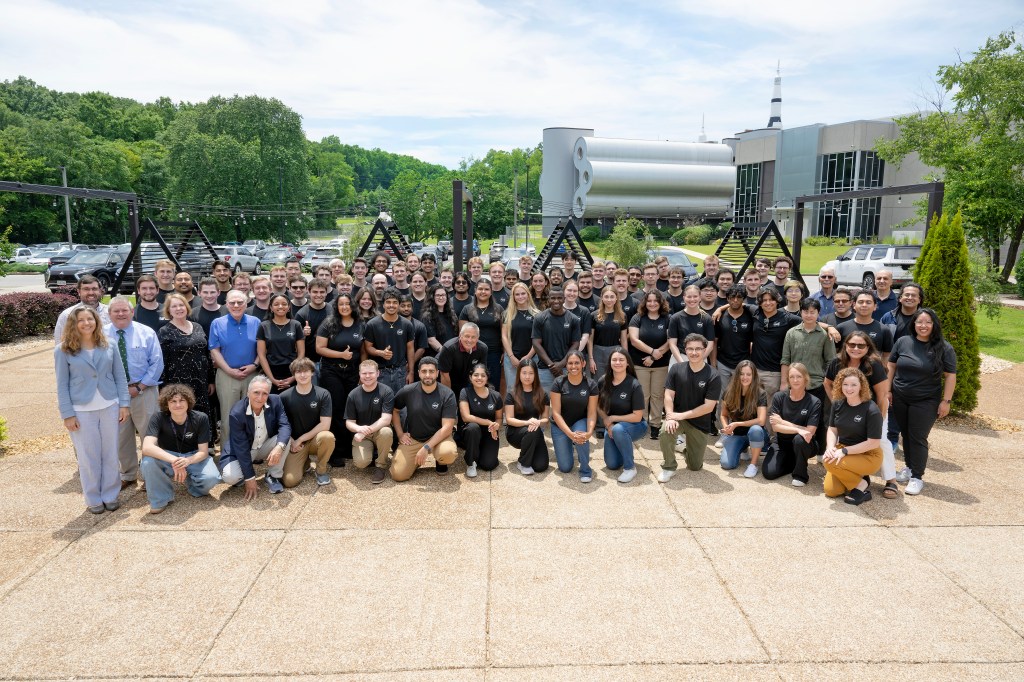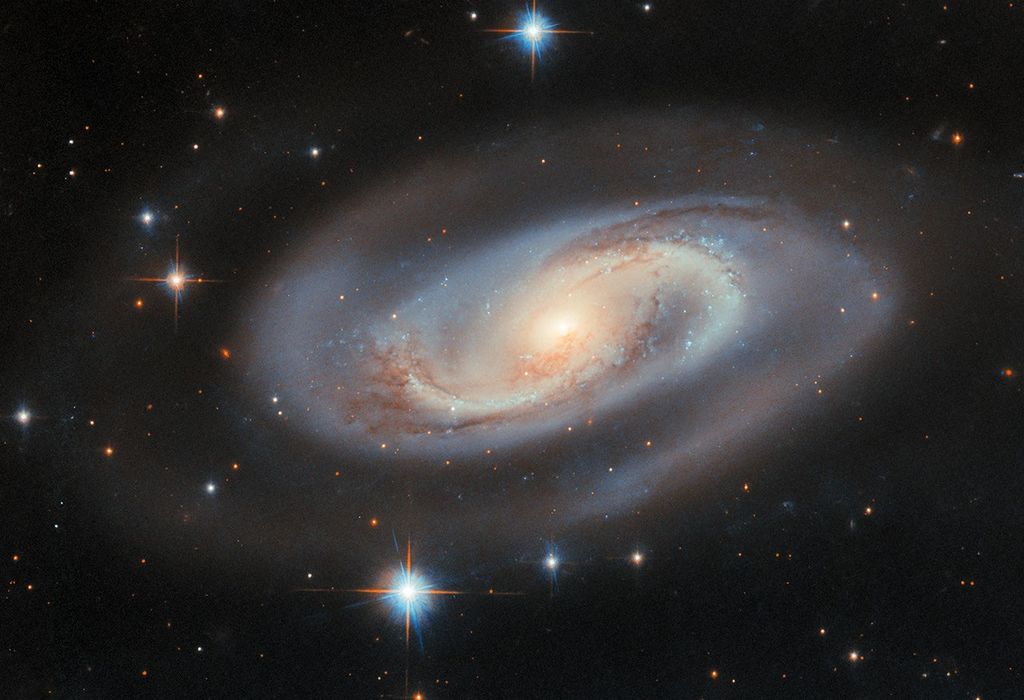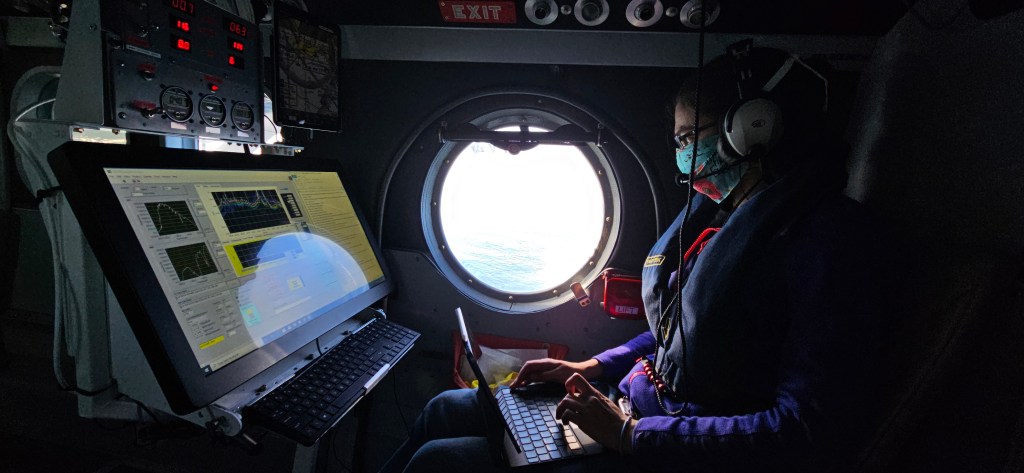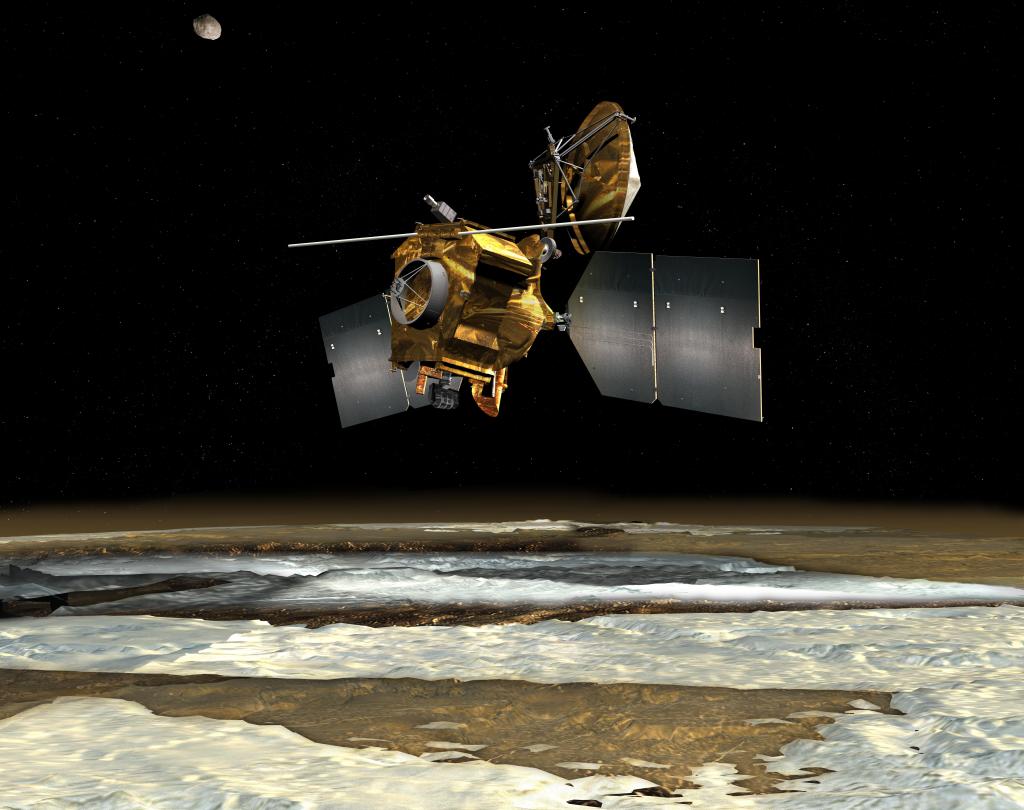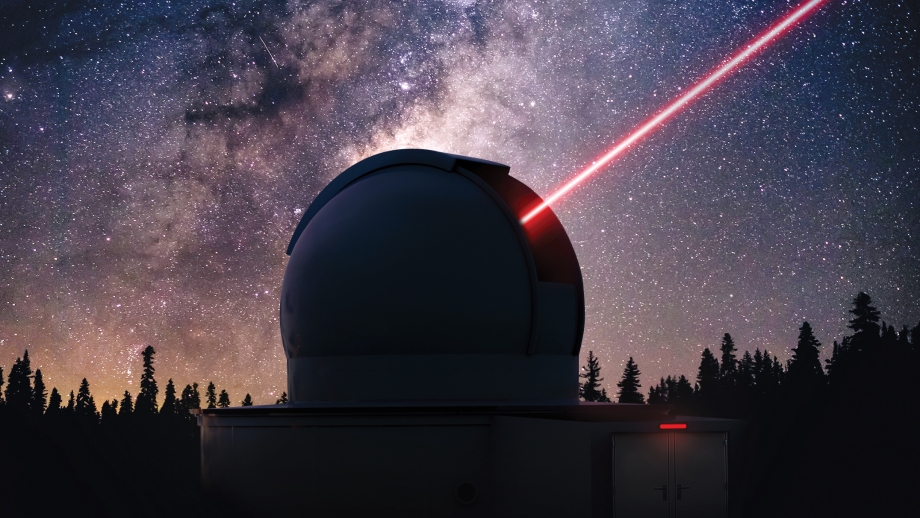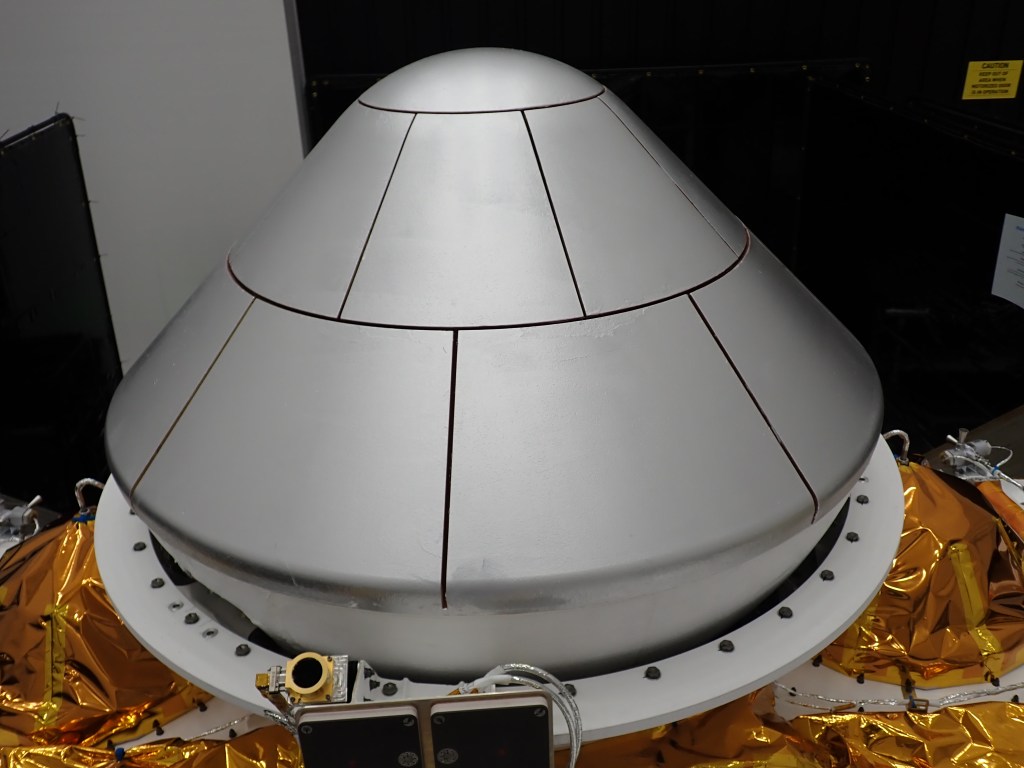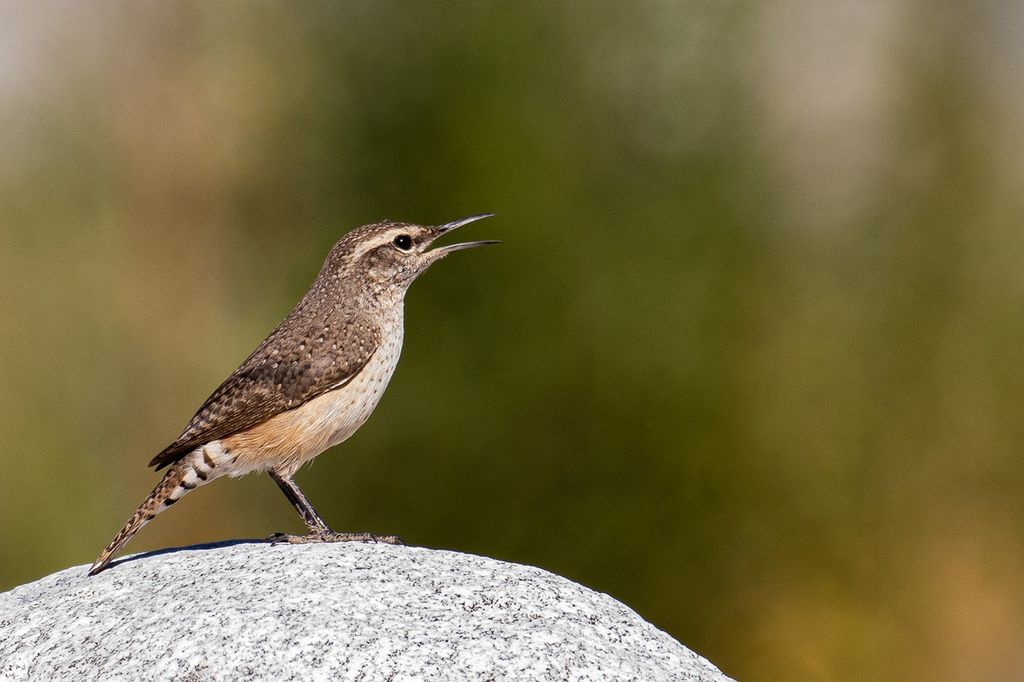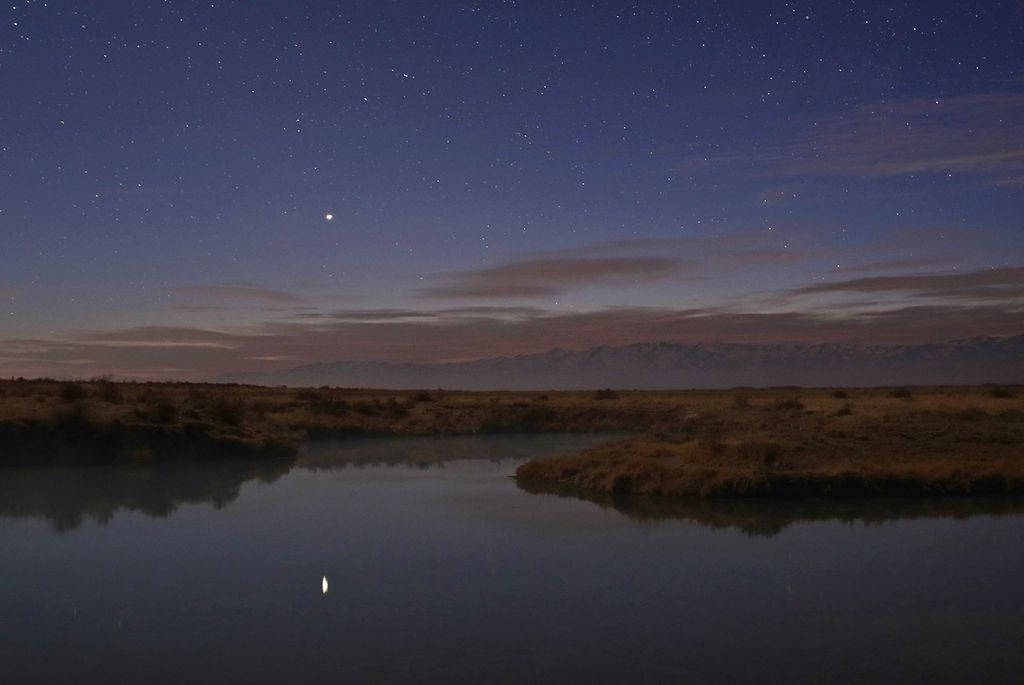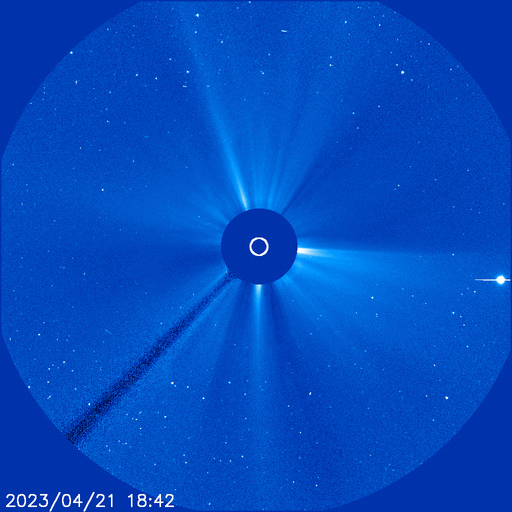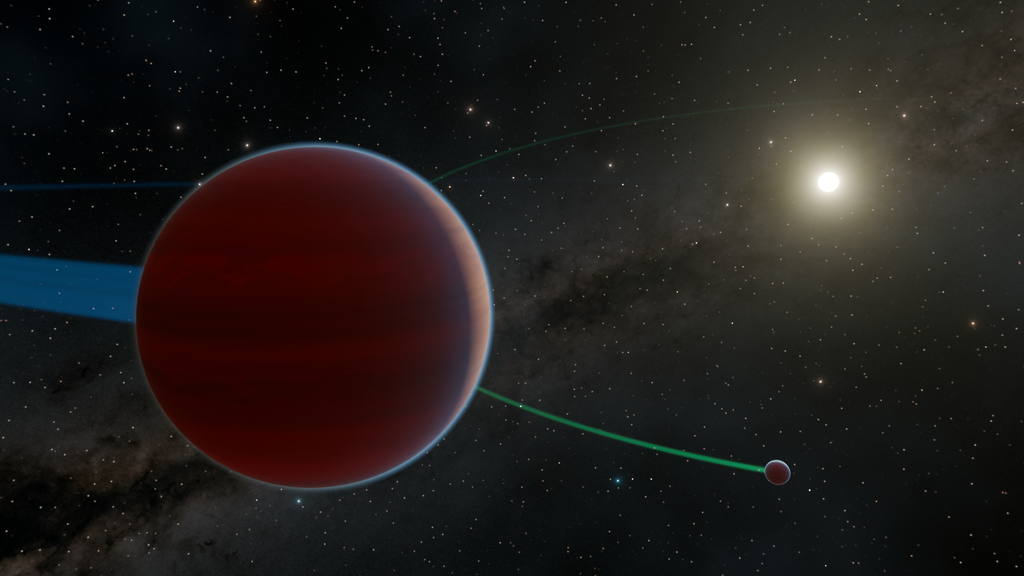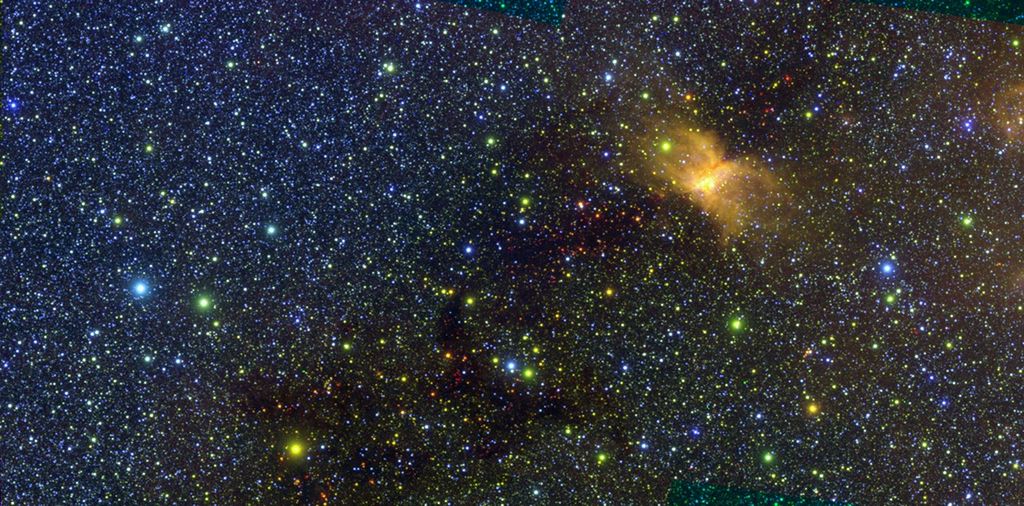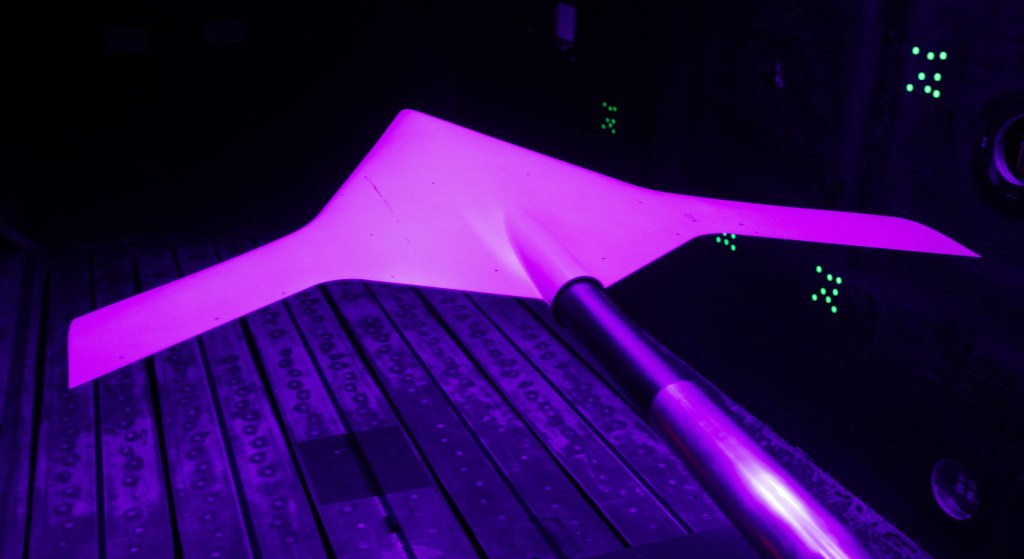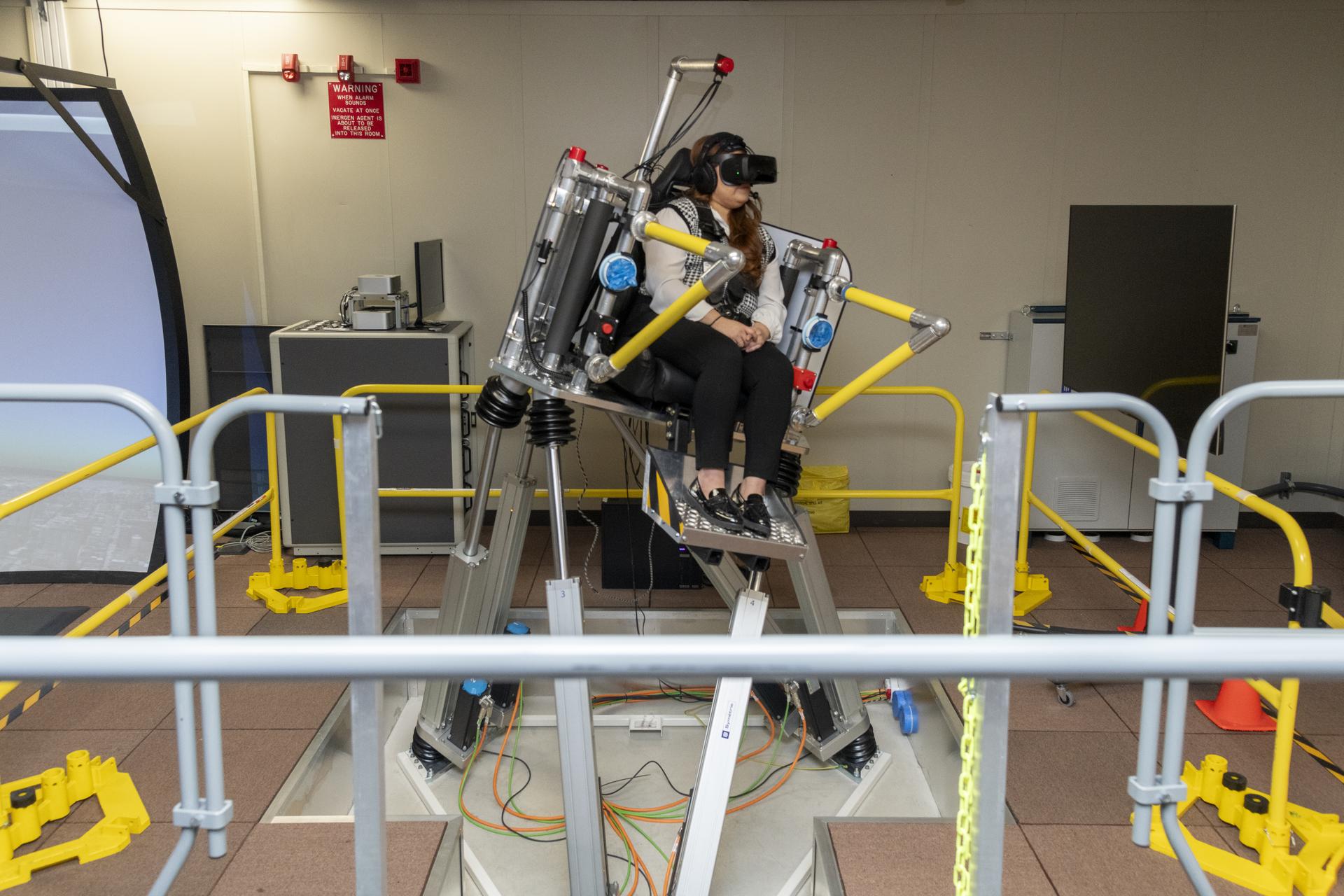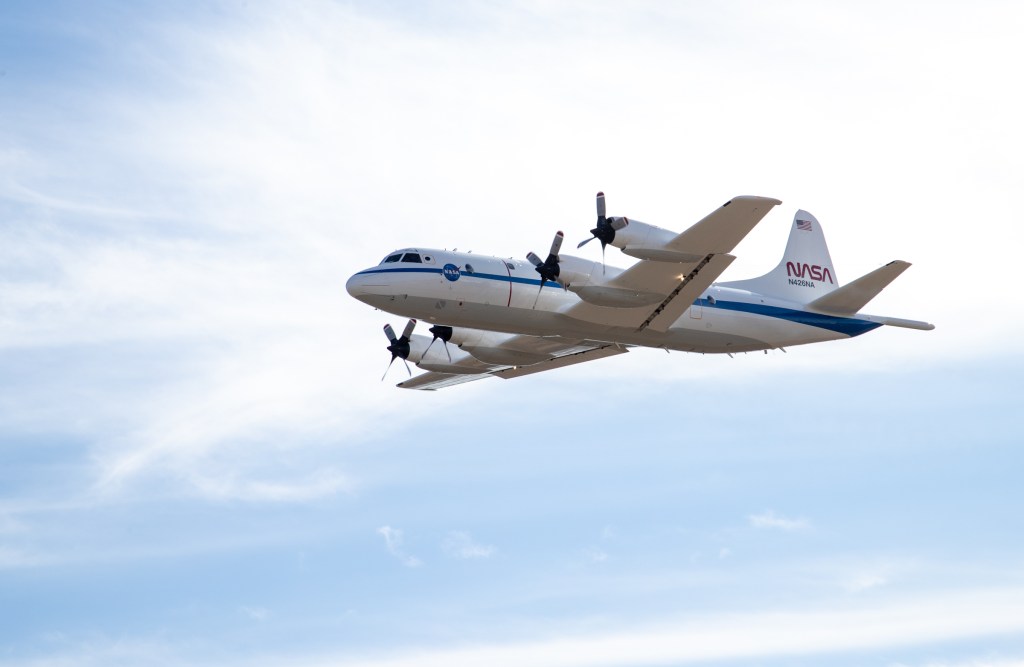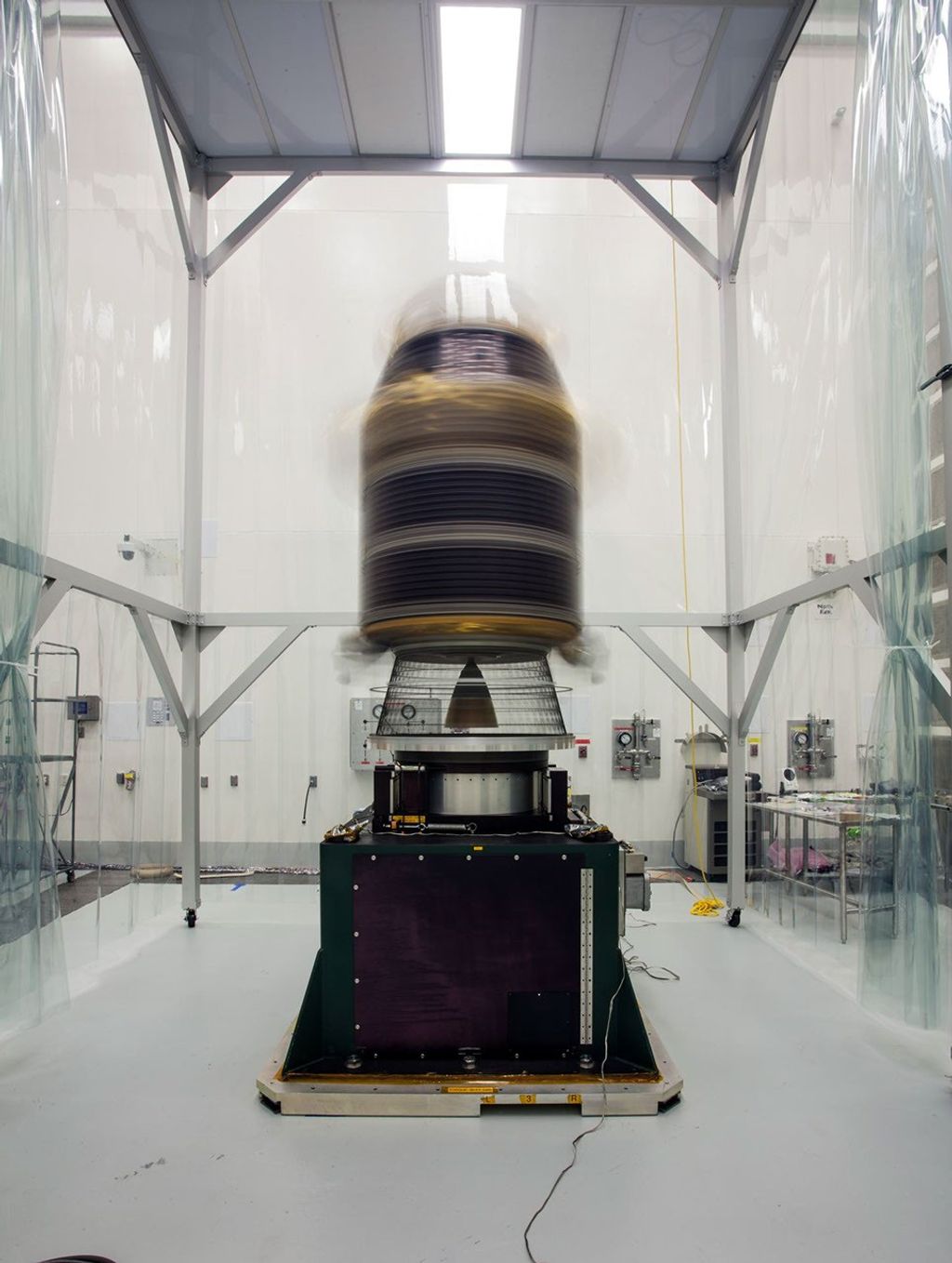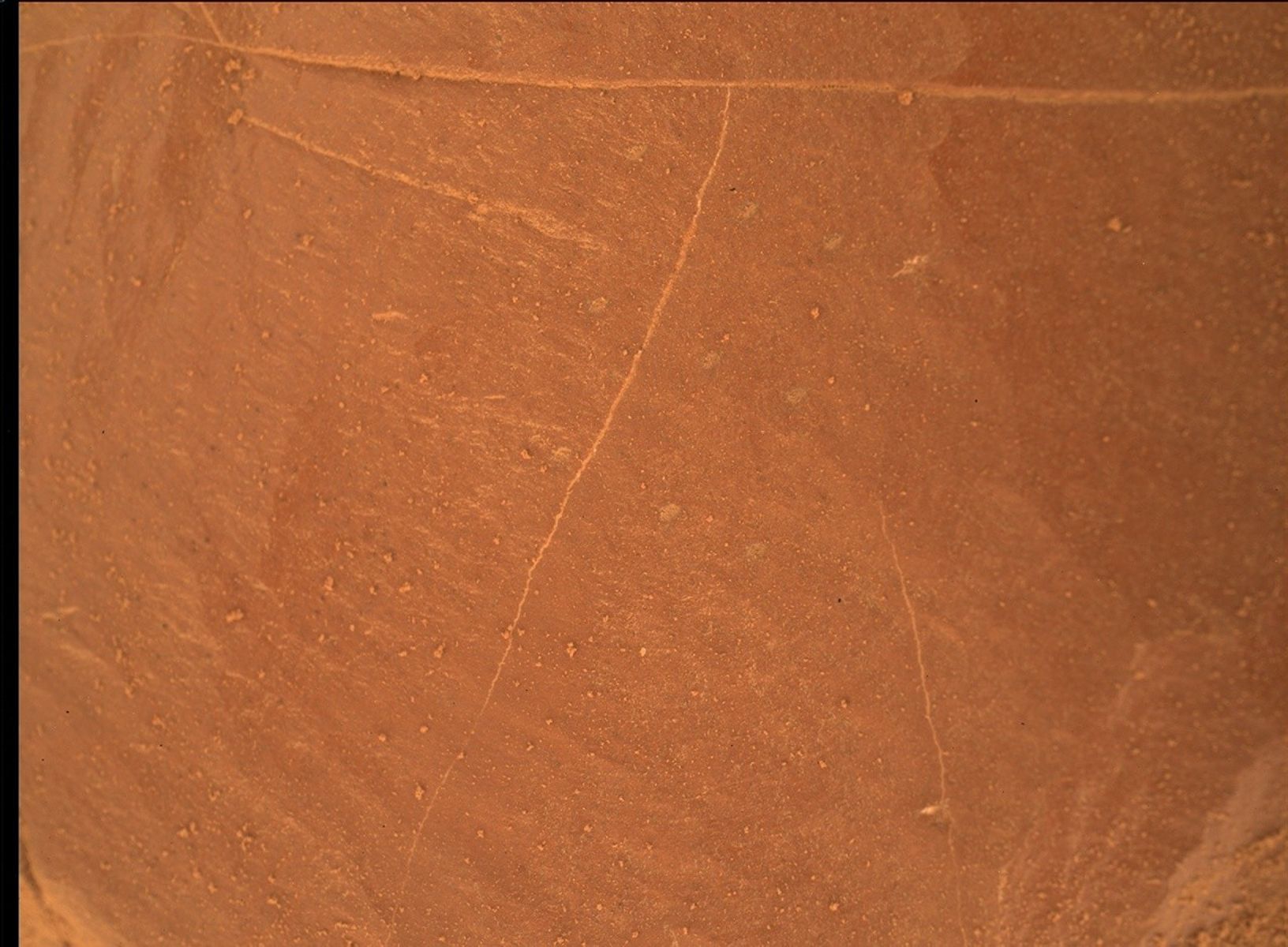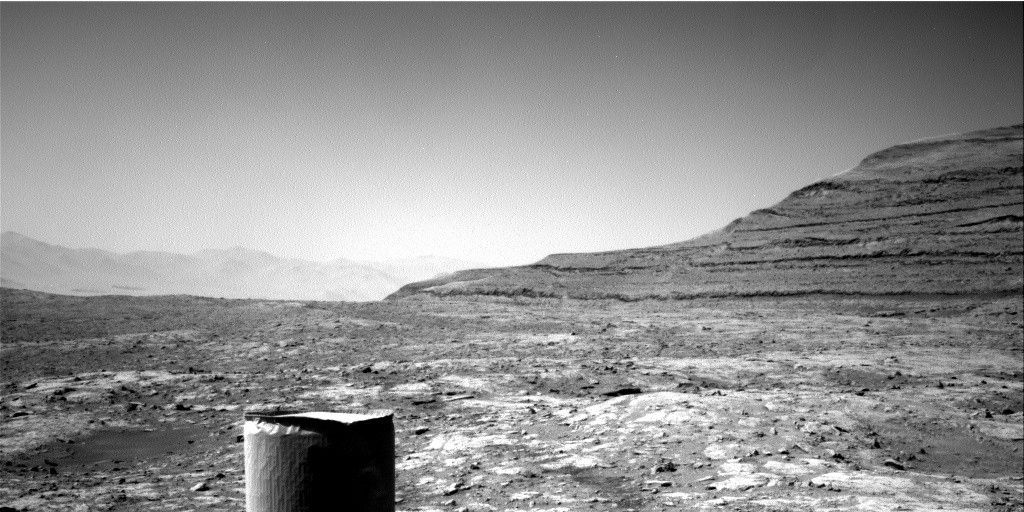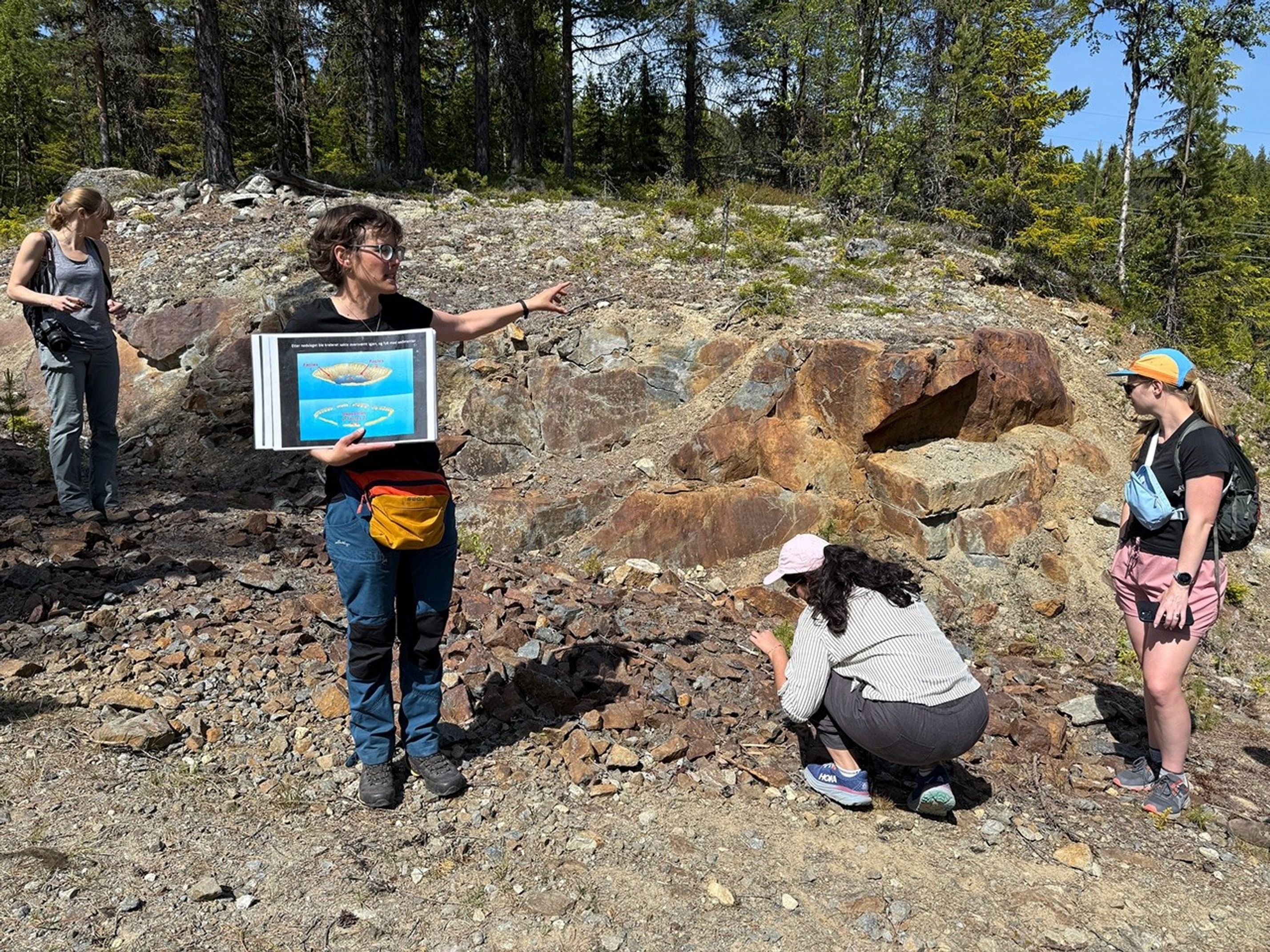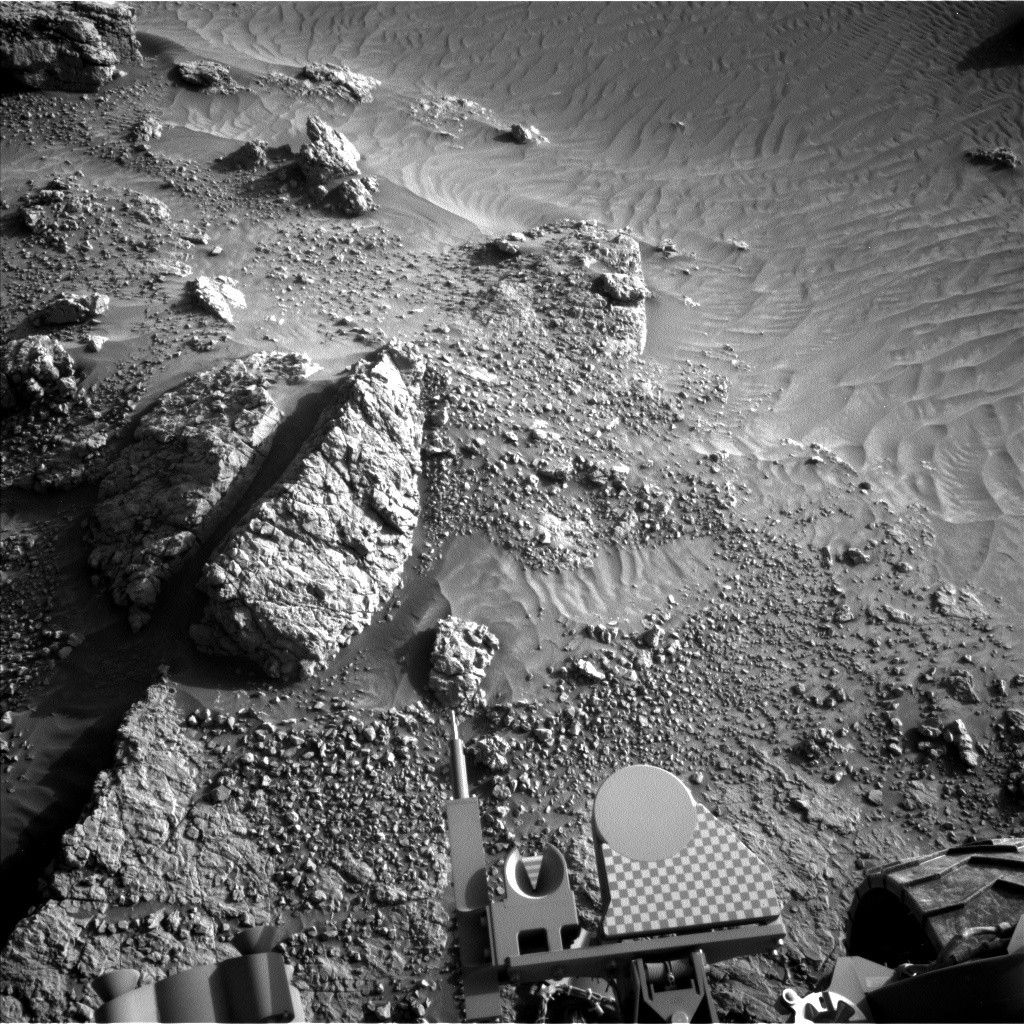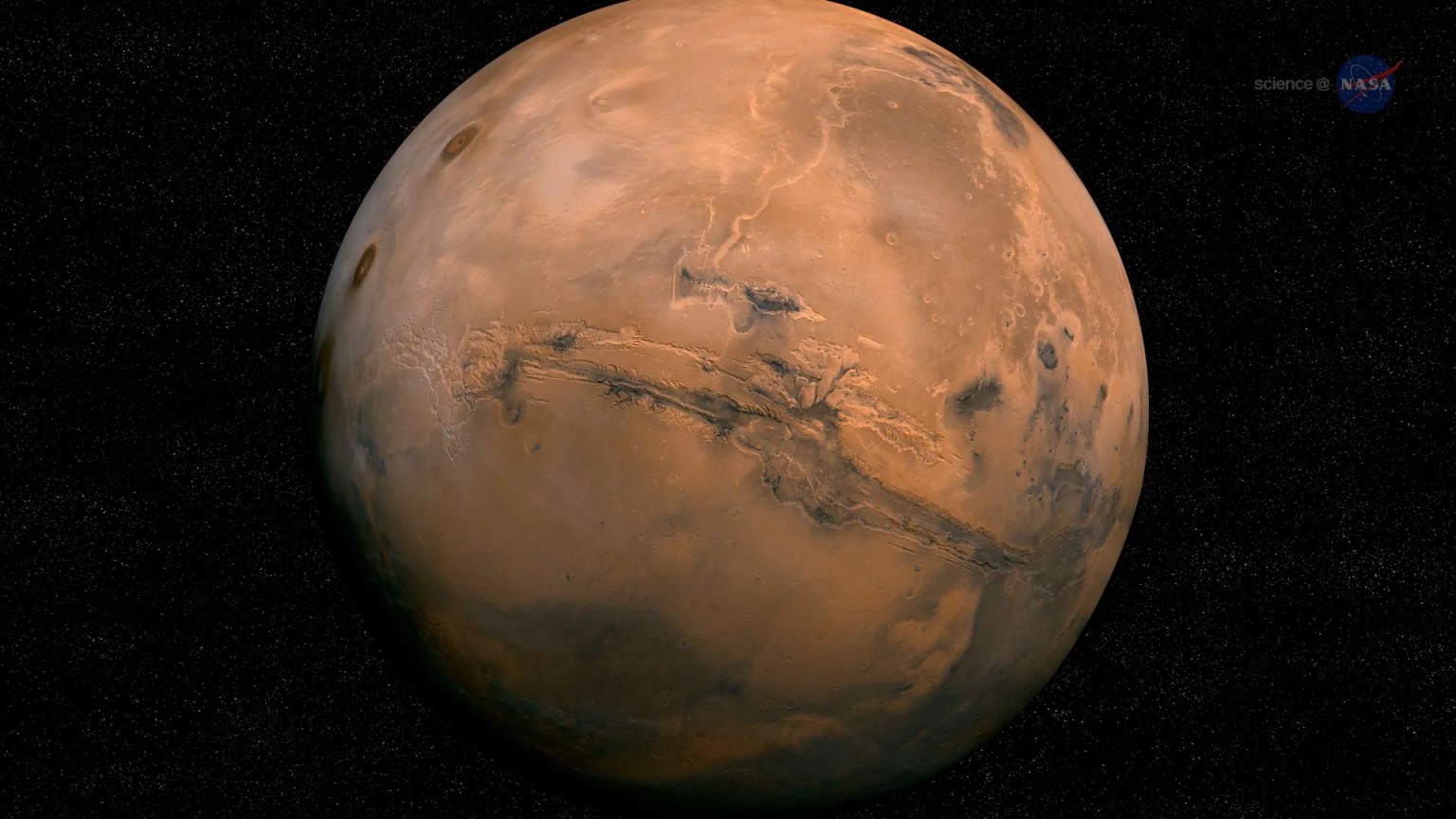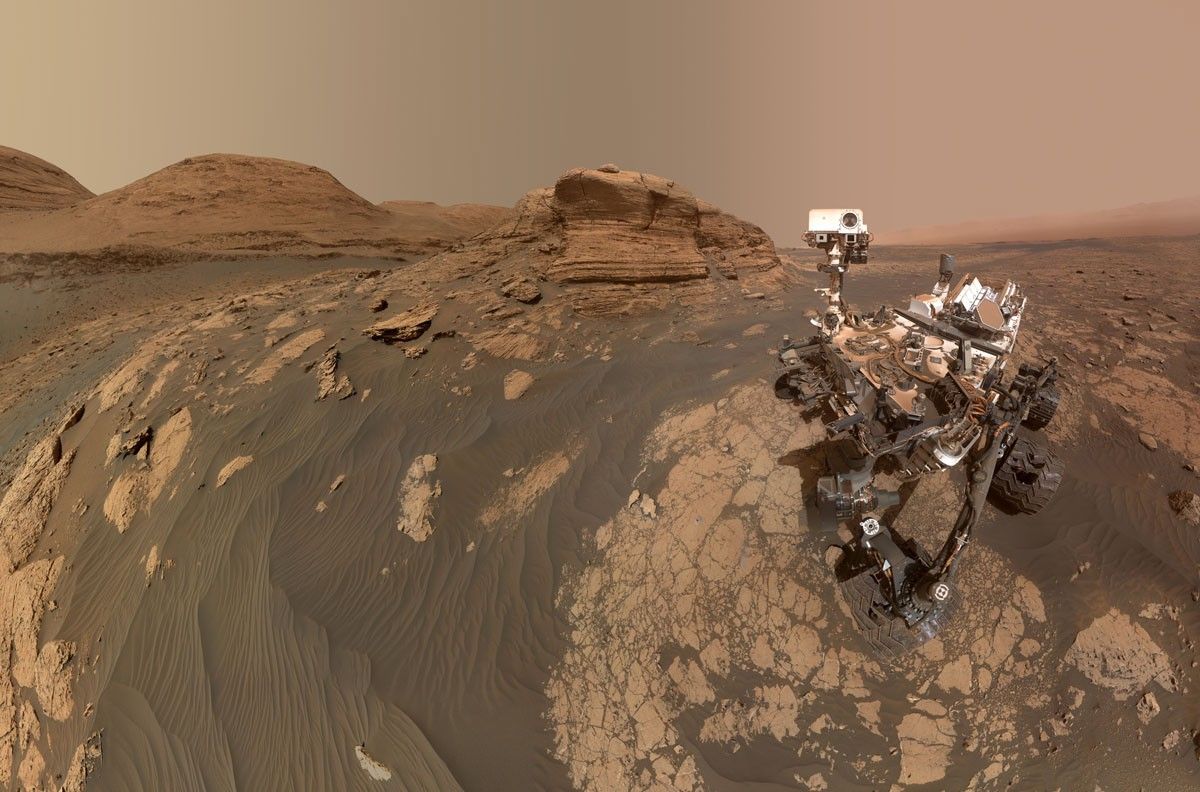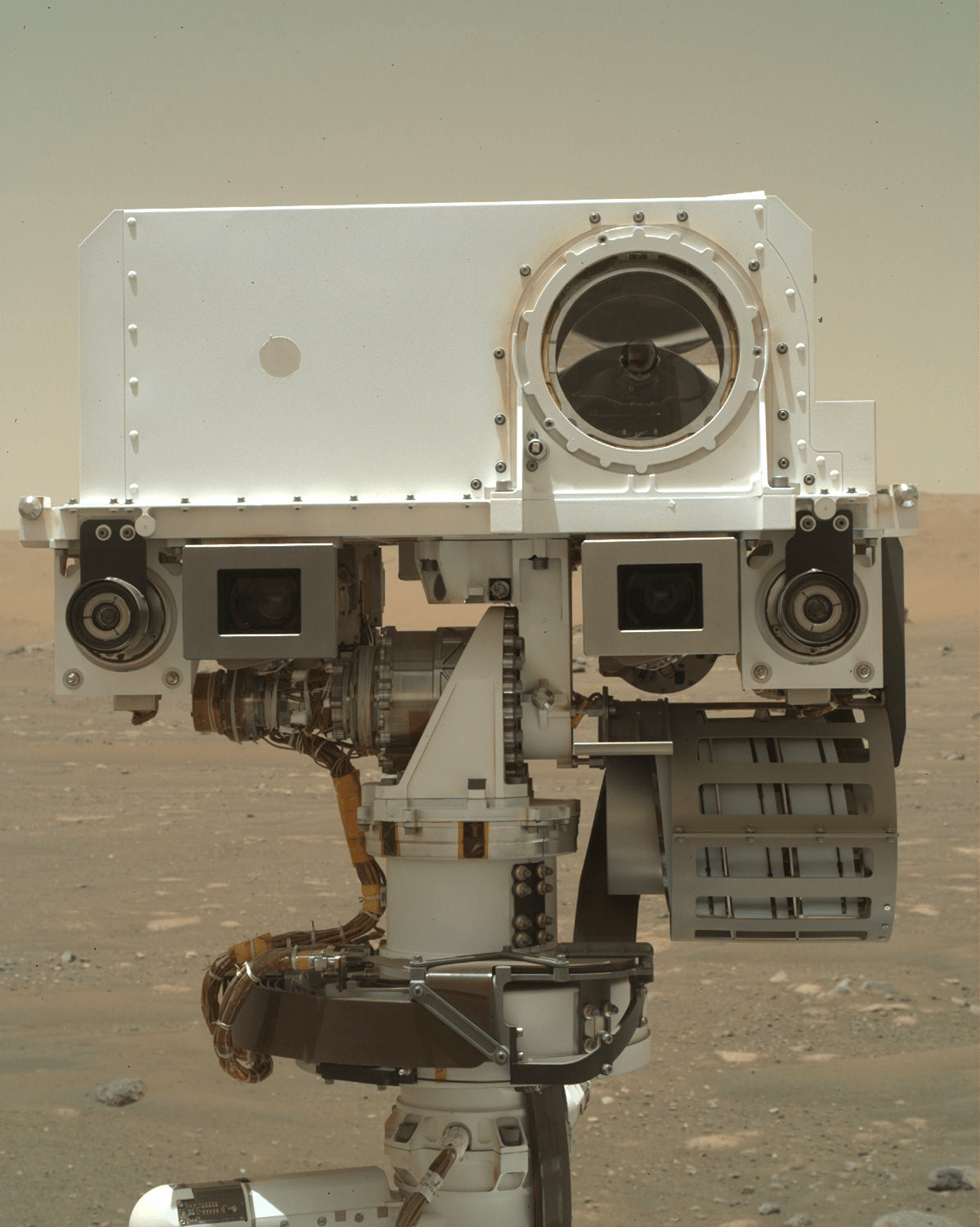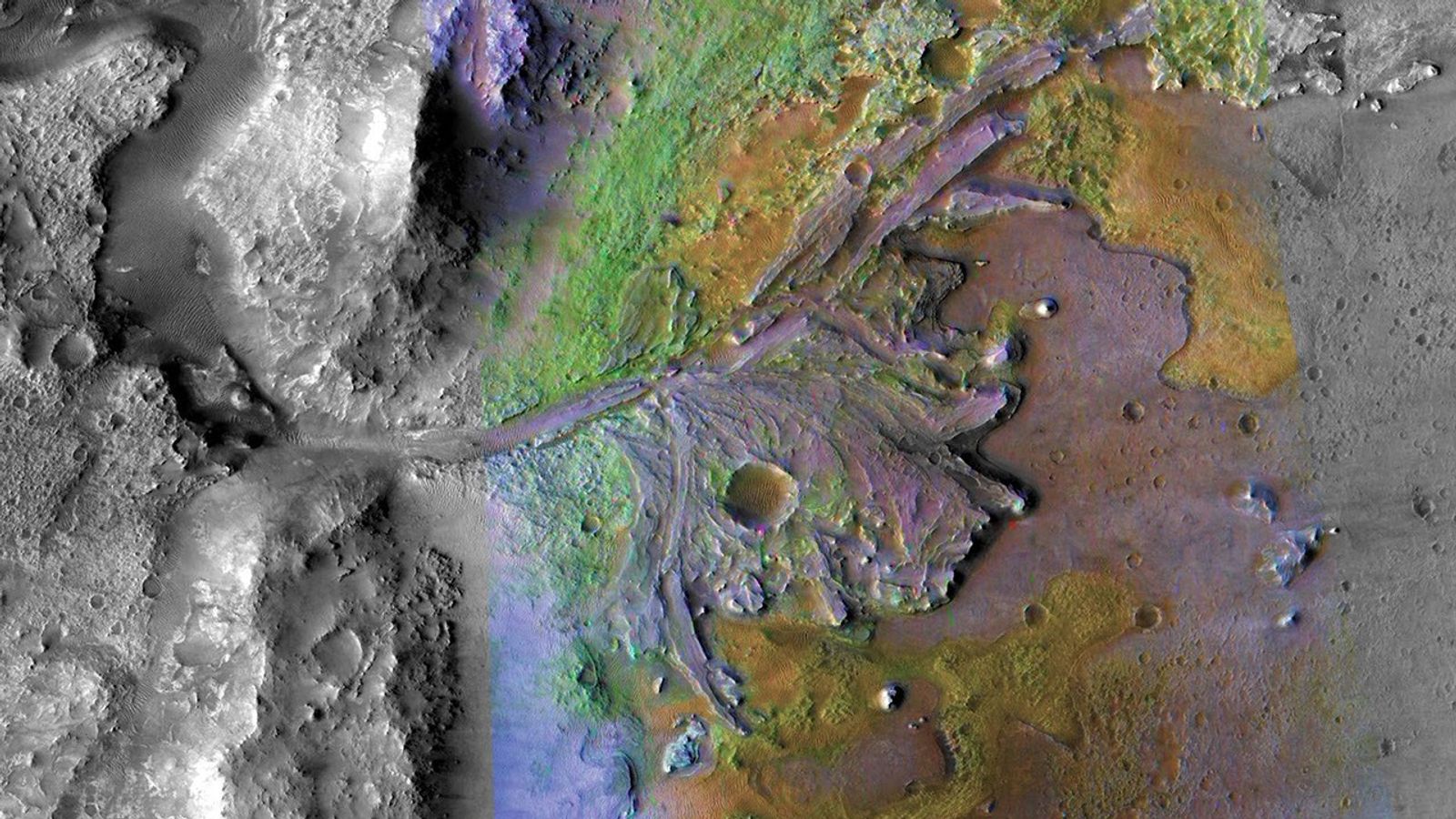After being out of commission for over a year, Curiosity's drill is making not just a comeback, but a strong one, with imminent plans for a second drill hole within the span of 60 sols.
After being out of commission for over a year, Curiosity's drill is making not just a comeback, but a strong one, with imminent plans for a second drill hole within the span of 60 sols. The rover is heading back to a place it visited on Sol 2005, looking to drill near target Stranraer. Curiosity has just been climbing back up Vera Rubin Ridge from drill target Duluth, which was drilled on Sol 2057 at the base of the ridge. If the rover succeeds with another drill target within the next few sols, it will be quite a rapid turn-around. Previous instances when drill holes were made within rapid succession include the combination of Mojave and Telegraph Peak (sols 882 and 908) at Pahrump; the trio of Lubango, Okoruso, and Oudam on Naukluft Plateau between sols 1320 and 1361; and Quela and Sebina between sols 1464 and 1495.
Curiosity still has about six meters to go to the area around Stranraer, so the short drive will be a feature of today's activities. Along with that, and still using target names from northern Minnesota, ChemCam will analyze targets "Fort_Francis and "Icarus_Lake". APXS and MAHLI will analyze a dark rock named "Orr". (A MAHLI image of nearby bedrock target "Dumbarton_Rock" is shown in the above image. Laser pits and crystal forms can be seen in the red rock.) After the drive, Navcam will take images of the region in front of the rover, and the onboard computer will select a new target for ChemCam to shoot. Mastcam will take an image for the clast survey, and will check the sky conditions with a tau measurement and a view out to the crater rim (if it shows up through the dusty air). RAD, REMS, and DAN will get data, including a DAN Active measurement, and MARDI will take an image of the ground beneath the rover.
Written by Roger Wiens, ChemCam PI


